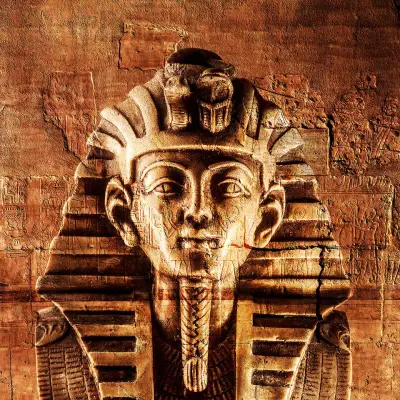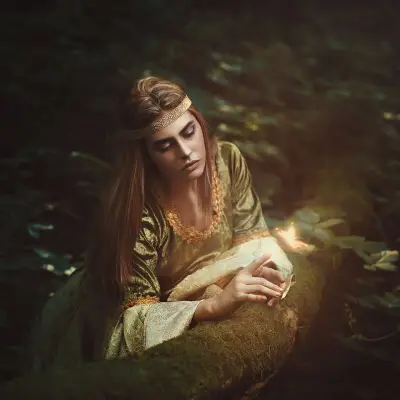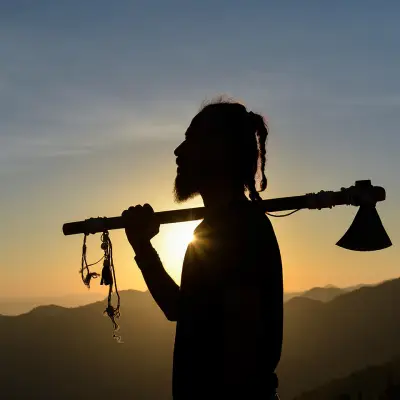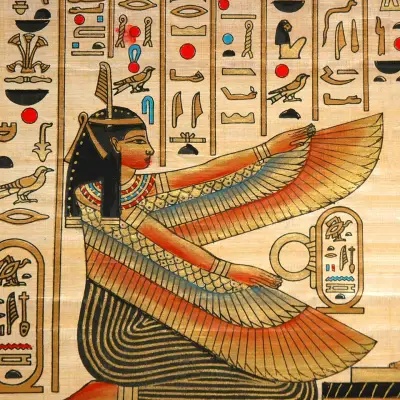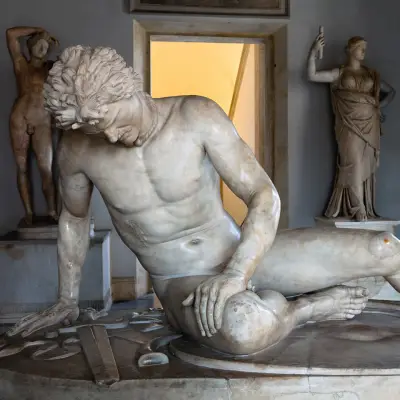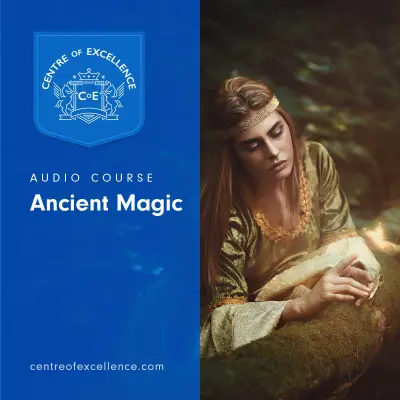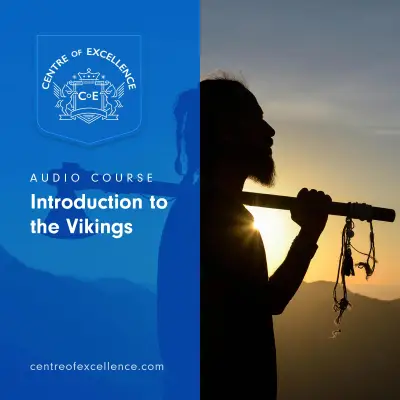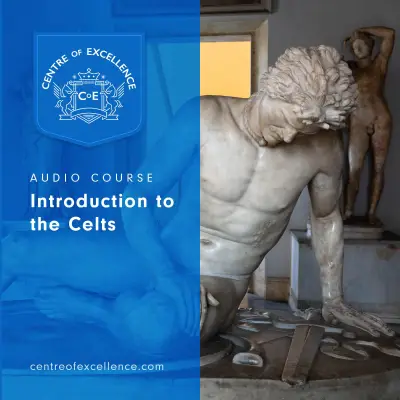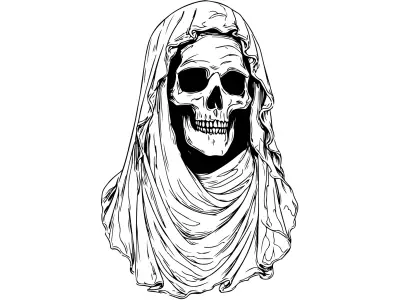If you’ve ever been fascinated by the mystical power of ancient goddesses or drawn to the idea of feminine strength represented in nature and myth, the concept of the Triple Goddess in Celtic mythology is rich, compelling, and deeply symbolic.
The idea of three goddesses working together as one is packed with meaning, history, and spiritual significance. In this article, we’ll explore who the Triple Goddesses were, the myths that surround them, their powers, and the symbols tied to their presence in Celtic lore.
Jump to:
- Who Were The Triple Goddesses in Celtic Mythology?
- The Triple Goddesses' Myths
- The Role of The Triple Goddesses in Celtic Storytelling
- What Powers Did The Triple Goddesses Possess?
- Symbols Associated with The Triple Goddesses
- Why Are The Triple Goddesses Special?
- The Triple Goddesses in Modern Culture
- The Triple Goddesses’ Worship and Legacy
- Study Celtic Mythology for £29
Recommended for you!
Best SellersWho Were The Triple Goddesses in Celtic Mythology?
The Triple Goddess, or triple deity, is a figure formed by three distinct goddesses who are often perceived as aspects of a single divine force. This idea appears across various cultures, but in Celtic mythology, it's especially prominent and symbolises the cyclical nature of life, death, and rebirth.
In Celtic belief systems, the Triple Goddess archetype typically appears as the Maiden, Mother, and Crone, each representing a different stage in a woman’s life and a different phase of the moon. This form is closely linked to pagan moon goddess traditions.
So, who is the Celtic Triple Goddess? The answer varies, as different tribes and regions venerated different sets of three goddesses. However, the most well-known example is The Morrigan, a fierce triad made up of Badb, Macha, and Nemain. Together, they represent war, fate, and sovereignty.
The Triple Goddesses' Myths
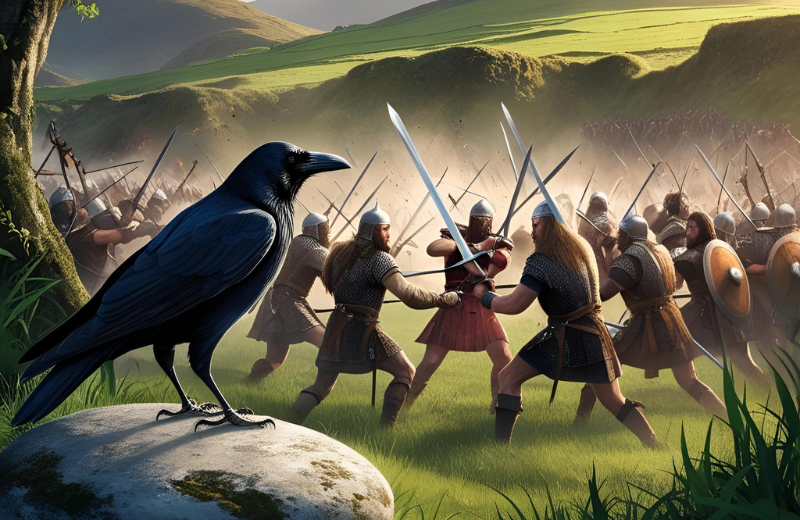
Celtic mythology contains rich, varied tales of powerful goddesses who often appear in triads. While each goddess holds her own distinct qualities, they frequently work together to symbolise aspects of fate, sovereignty, and transformation.
Badb: The Crow of Battle
Badb is the harbinger of chaos on the battlefield. Known for sowing confusion and fear among enemy warriors, she often appears in the form of a crow, foretelling death and influencing the tide of war through supernatural fear.
Macha: The Curse of Sovereignty
Macha embodies both fertility and fierce judgment. In one of the most famous myths, she curses the men of Ulster with labour pains after being forced to race while pregnant, an act that symbolises the price of dishonouring the divine feminine.
Nemain: The Spirit of Frenzy
Nemain represents the raw, overwhelming force of battle frenzy. She is said to create sheer terror with her cries, driving men into madness and reflecting the psychological toll of war.
Brigid: The Flame of Life
Brigid, though not always presented in a triad like the Morrigan, is often viewed as a triple goddess due to her threefold patronage of poetry, healing, and smithcraft. She symbolises the power of creativity, nurturing, and transformation, making her one of the most beloved figures in Celtic lore.
The Role of The Triple Goddesses in Celtic Storytelling
The role of the triple goddess in Celtic storytelling often mirrors the deep respect ancient societies held for the cycles of nature and life. These three goddesses are not passive figures—they are active, commanding forces. Whether nurturing crops, guiding warriors, or offering wisdom, they hold a central place in mythological narratives.
In tales of sovereignty, the goddess symbol often appears as a woman who must be accepted in all her forms—youthful, nurturing, and old—to bestow legitimacy upon kings. This reflects the mother maiden crone meaning, where accepting every stage of the feminine is essential to balance and leadership.
What Powers Did The Triple Goddesses Possess?
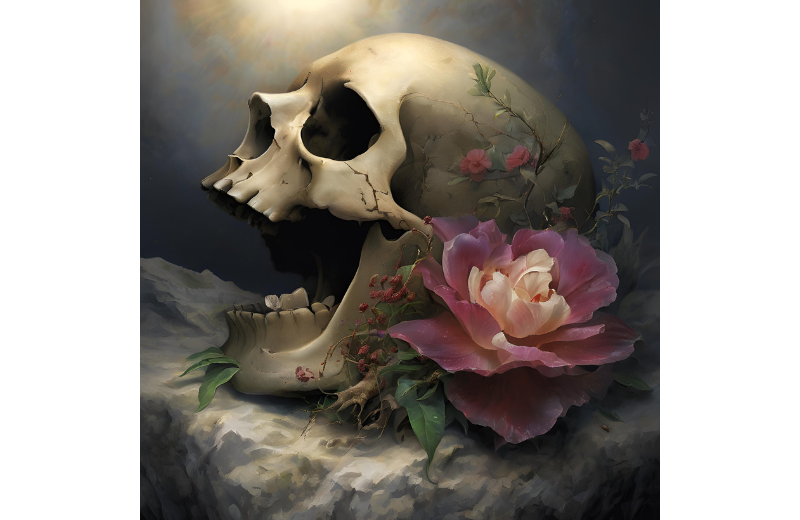
The Triple Goddesses were among the most powerful figures in Celtic mythology.. Each aspect of the triad carried its own strength, but together, they formed a unified force of immense spiritual authority.
- Life, death, and rebirth: The Triple Goddesses held sway over the full arc of existence, symbolising birth, growth, decay, and renewal. They guided transitions through each stage of life and beyond.
- Sovereignty and the land: These goddesses were deeply tied to the land itself, often appearing in myths as personifications of Ireland. Their power could legitimise kingship and ensure the fertility and wellbeing of the earth.
- Prophecy and wisdom: The crone aspect, in particular, was known for her deep knowledge and prophetic vision. The Triple Goddesses could reveal hidden truths, divine futures, and offer guidance through dreams or visions.
- Magical and spiritual influence: As embodiments of divine feminine power, they were associated with transformation, enchantment, and spiritual protection. Their presence was called upon in rituals, rites of passage, and times of change.
- Shapeshifting and mystery: The goddesses could appear in multiple forms—young maidens, old hags, birds, or animals—symbolising their eternal nature and control over hidden knowledge and the seen and unseen worlds.
Symbols Associated with The Triple Goddesses
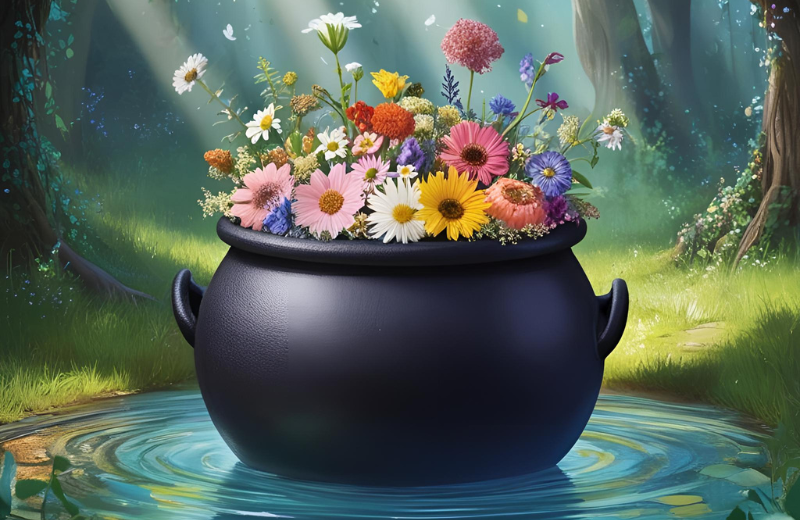
- The Triple Moon Symbol: Perhaps the most recognised emblem, this shows the waxing, full, and waning moons side by side. It represents the Maiden, Mother, and Crone and is used in rituals honouring the triple moon goddess. The triple moon meaning highlights the changing nature of feminine energy and life’s phases.
- The Triskele (Triple Spiral): An ancient Celtic symbol often linked to the triple goddess archetype, the triskele represents motion, continuity, and the threefold nature of life—birth, life, and death.
- The Cauldron: A symbol of transformation and rebirth, often tied to the Mother aspect. The cauldron holds the power to nourish, create, and even resurrect in some myths.
- The Owl: Representing wisdom and night, the owl is often associated with the Crone, who holds the knowledge of endings and transition.
- Flowers and Buds: Spring blossoms and young plants signify the Maiden, symbolising purity, growth, and new beginnings.
- The Full Moon: Linked to the Mother, the full moon embodies nurturing, abundance, and fertility. It’s central to many moon goddess pagan traditions.
- The Raven or Crow: Especially linked to the Morrigan triple goddess, these birds are associated with prophecy, war, and the spirit world.
- The Goddess Symbol (Y-shape): Used in modern iconography, this shape echoes the outstretched arms of the goddess and her role as a life-giver and protector in all three forms.
Why Are The Triple Goddesses Special?
What makes the Triple Goddesses truly special is their ability to reflect the human experience in a divine form. From the innocence and discovery of the Maiden, to the nurturing strength of the Mother, to the deep, transformative wisdom of the Crone, each goddess speaks to a different part of your life’s journey.
The three goddesses also offer a counterbalance to more linear ideas of time and growth. Instead of a single rise and fall, their cycle continues endlessly, offering renewal, guidance, and perspective through each stage.
Unlike many deities who dominate a single domain, the triple deity encompasses life as a whole—its beauty, its chaos, and its constant change. They remind you that every season, every challenge, and every transformation holds value.
For those who connect with nature, lunar rhythms, or feminine spirituality, the triple goddess symbols offer a way to honour those connections. They provide a powerful lens through which to view the past, navigate the present, and step into the future with awareness and grace.
The Triple Goddesses in Modern Culture
The Triple Goddess remains a central figure in modern Pagan, Wiccan, and spiritual practices, celebrated as a symbol of life’s natural cycles. Each phase—Maiden, Mother, and Crone—is honoured through moon rituals and seasonal rites, reflecting personal growth, fertility, and transformation.
The triple moon symbol is widely used in jewellery, altar tools, and artwork to represent the goddess's threefold nature. Authors like Marion Zimmer Bradley bring the three goddesses to life in novels such as The Mists of Avalon, while fantasy shows like Charmed and The Witcher feature triads of female figures clearly inspired by this archetype.
In visual art, the Triple Goddess is often portrayed with lunar symbols and seasonal imagery, showing her enduring influence on creative expression and feminine spirituality.
Recommended for you!
Best SellersThe Triple Goddesses’ Worship and Legacy
Altars may include coloured candles, moon imagery, and natural items that reflect the goddess’s aspects. Many people also honour her by aligning their spiritual practice with their life stage, using meditation, journaling, or rituals to connect with her energy.
Though ancient rites have faded, the Triple Goddess’s legacy continues through storytelling, personal devotion, and the deep respect for her as a symbol of change, wisdom, and the sacred feminine.
Study Celtic Mythology for £29
If learning about figures like the triple goddesses has sparked your curiosity, why not learn more about ancient Celtic legends? With Centre of Excellence’s Celtic Mythology Diploma Course, you can explore the fascinating myths, gods, and symbols that shaped ancient Celtic culture.
Whether you're passionate about history, spirituality, or storytelling, this course is engaging for everyone—no prior experience needed. Plus, by following the link below, you can enrol today for the discounted price of just £29.

